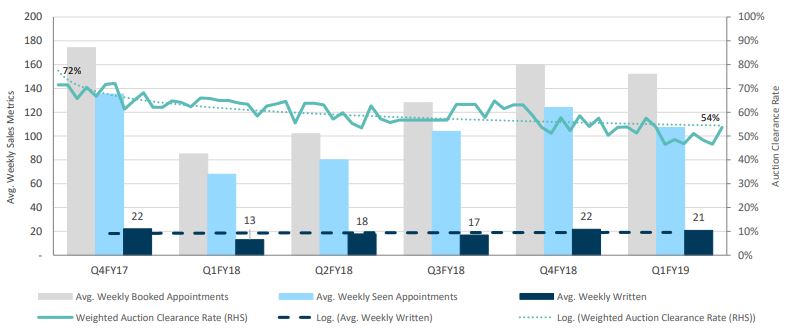Early indications reveal Retirement Living sales will be slow in 2019.
Negative media, the impacts of a softening residential housing market, tightening of consumer lending, and let’s not forget the influence of the Aged Care Royal Commission.
We know your role as the Village Manager in the Sales Process is an important one, whether you are totally responsible for the sales function or whether you work alongside the marketing and sales teams.
The Village Managers is the face of the village – and first impressions count!
Here are some things to think about.
- You can prepare the village for potential customer visits:
- Lead the Village team to focus on customer service so that first impressions count
- Meet with prospective residents early in the process, to ensure a strong relationship can be built
- Residents and word-of-mouth in the local community is gold:
- Maintain resident satisfaction and engagement, to encourage residents to also be a sound referral source for the village
- Maintain a planned welcome process that encourages a smooth transition for new residents; home readiness, neighbour buddies, induction, meals, etc..
- Build community relationships to influence local community members to become referral sources for the village
- You are on the spot and a local yourself. You understand what the market wants:
- Assist with development planning with real, local information
- Influence the marketing strategies by providing intelligence around the current resident socio-demographic
This is what you do every day -the marketers need to understand this and engage with you more this year than ever before.








